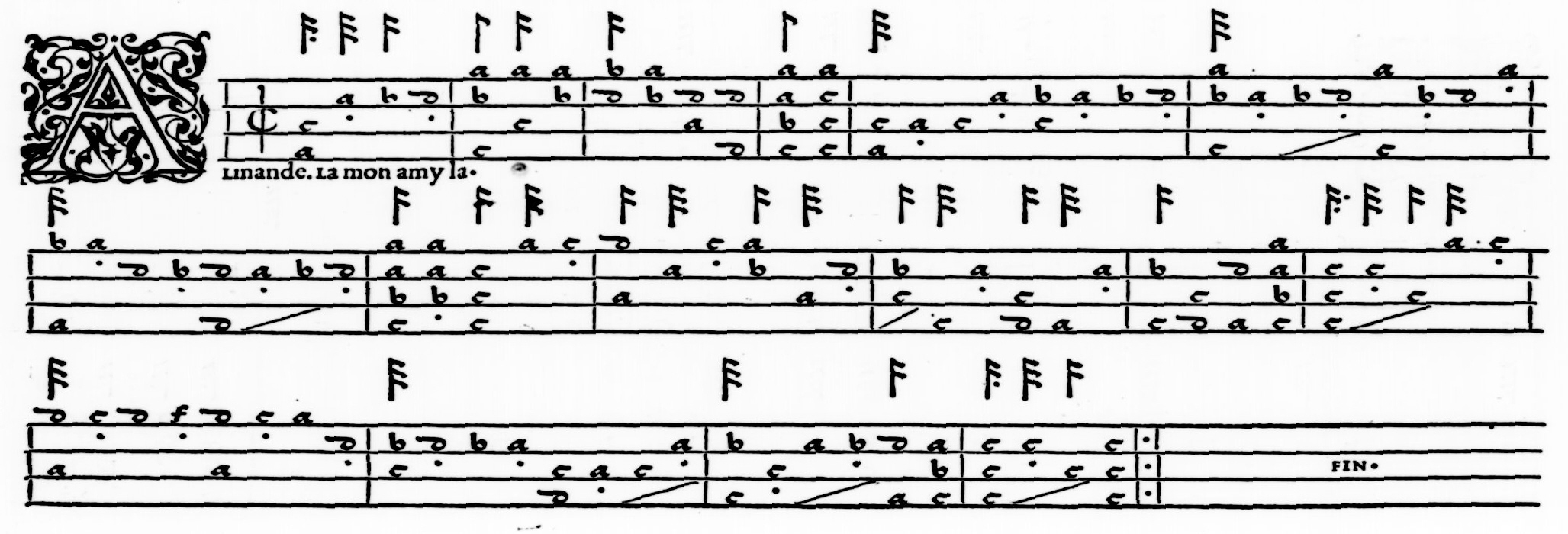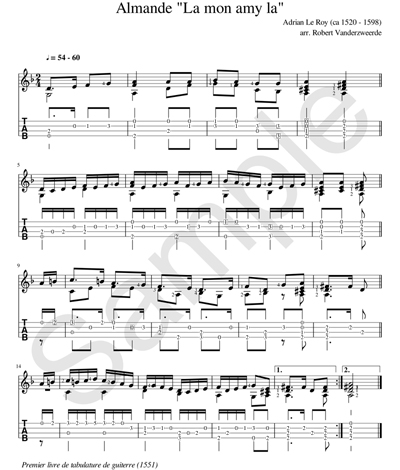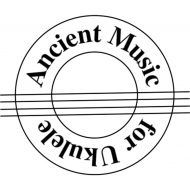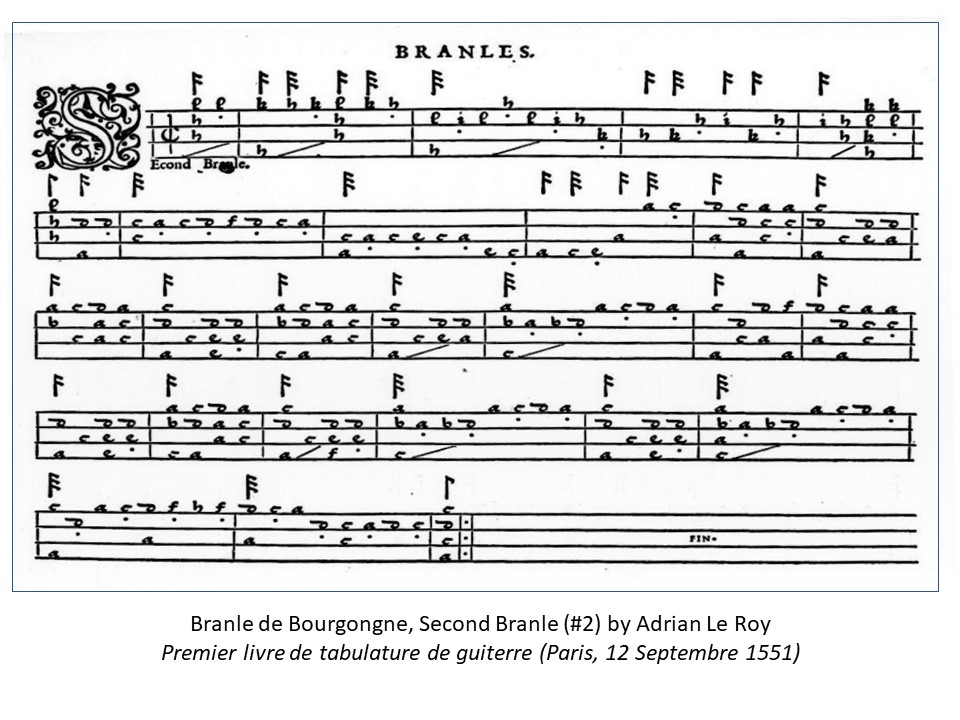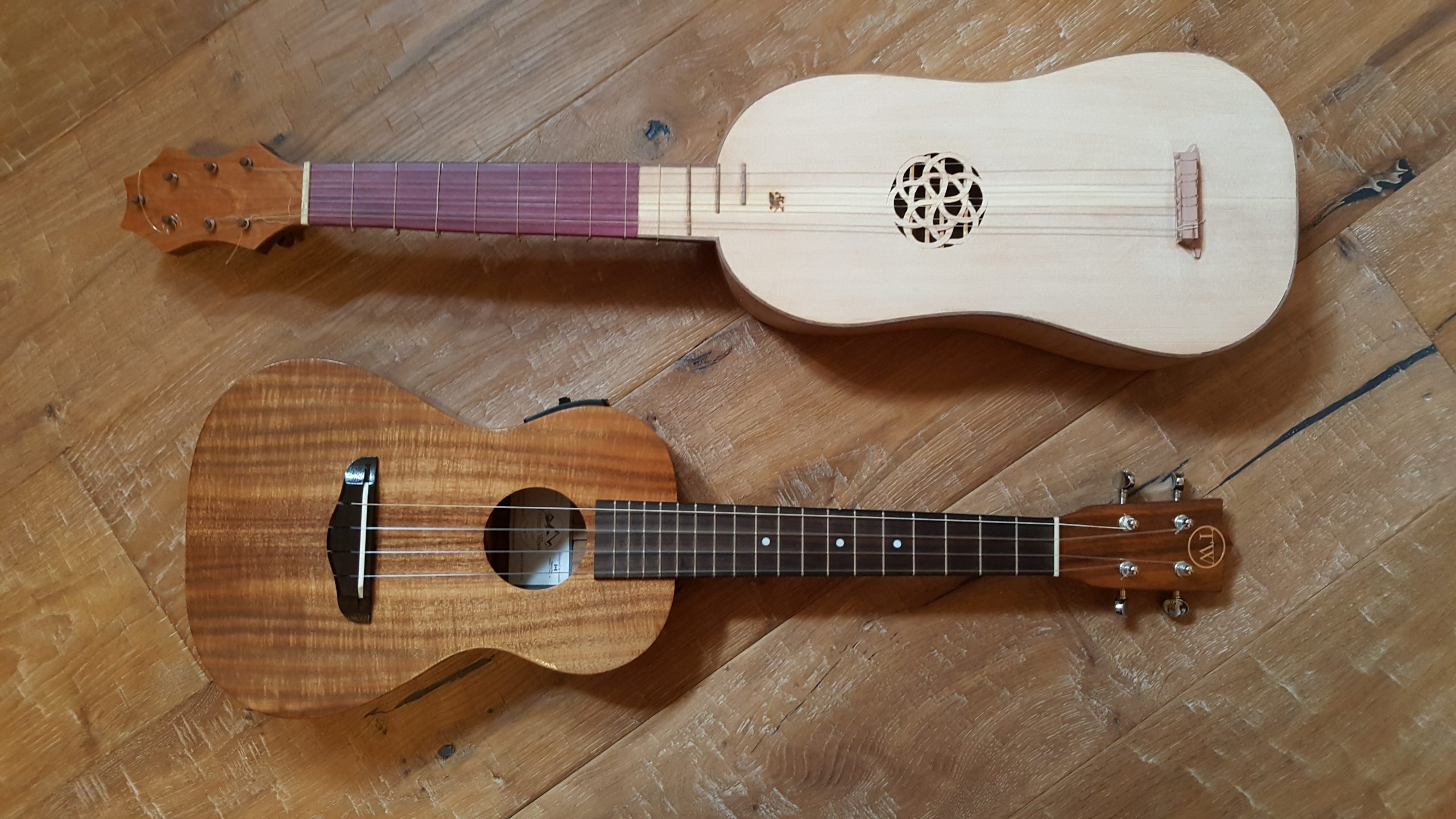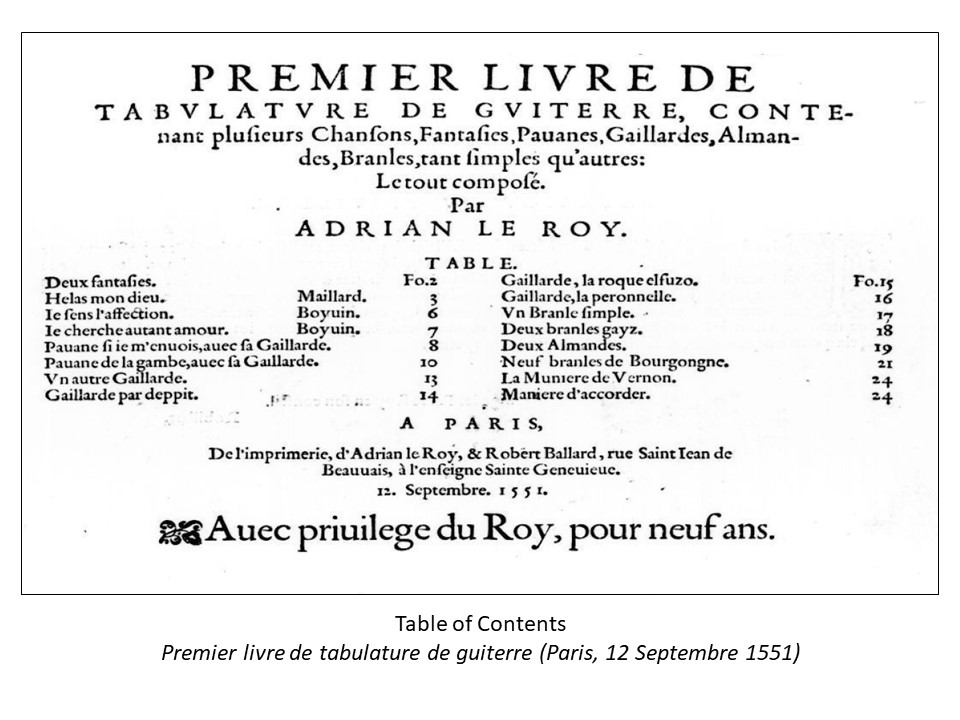I’ll show two images of a specific piece so can compare the scores. In a previous post, I explained how to read the ancient tablature.
This piece shows another challenge in arranging this music. If you look at bars 9 to 10 in the original tablature, there is no indication on how this is actually played. In the modern music (bars 10 to 11), I have separated out the upper melodic part (which is usually played with the fingers) from the lower supporting harmonic part (which is usually played with the thumb) which makes it easier to interpret and play the piece.
I also put in a first and second ending on the repeat. This gives the piece a definitive ending that the modern ear will more easily recognize.
This piece utilizes what is known as a Picardy third or cadence. The music is in D minor but the end of each phrase ends on a D major chord, which gives it an emotional uplift.
The modern score does not include any dynamic markings (even the tempo marking is modern and not in the original score) and players at that time would have played this using their own interpretation or ornaments (e.g. trills) based on the conventions in the 16th century.
Have fun and see if you can spot other challenges between the two scores (yes, there is one other major difference).
